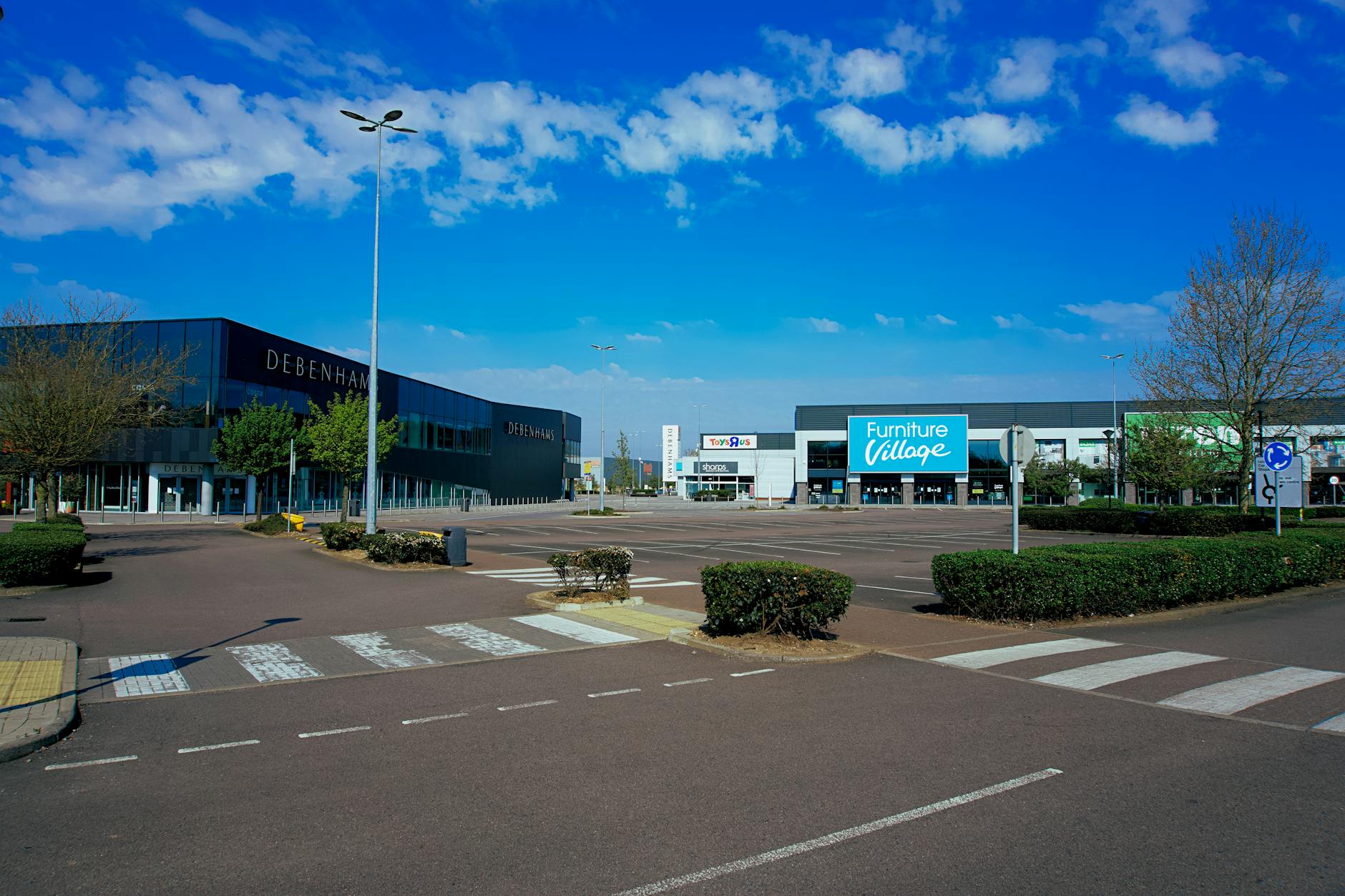Emerging Trends in Commercial Real Estate Leasing for Retail and Industrial Spaces
Emerging trends in commercial real estate leasing for retail and industrial spaces are redefining how landlords and tenants approach agreements and property usage. As market dynamics evolve due to technological advancements, shifting consumer behaviors, and economic factors, leasing strategies must adapt. Retail spaces are responding to the growing omnichannel approach, blending physical and digital experiences, while industrial spaces are increasingly optimized for logistics and e-commerce fulfillment. This article explores key developments shaping leasing in these sectors, highlighting how flexibility, sustainability, and smart technology integration are crucial to meeting modern demands and securing long-term value.
Adapting to changing retail space requirements
The retail sector has faced significant transformations as online shopping surges and consumer expectations evolve. Traditional brick-and-mortar stores must now offer unique, engaging experiences to attract foot traffic. This shift influences leasing strategies, with tenants seeking more flexible lease terms, smaller footprints, and landlords increasingly offering shorter leases that allow retail tenants to pivot quickly.
Many retail spaces are also being redesigned for mixed uses, incorporating experiential features like pop-up shops, community events, and integration with e-commerce logistics such as in-store pickup.
Growth of industrial spaces driven by e-commerce
Industrial real estate has seen explosive demand, primarily fueled by e-commerce growth and the need for rapid delivery networks. Distribution centers and warehouses have grown larger and more technologically advanced to accommodate automated storage and robotics. Leasing trends in this sector emphasize:
- Longer lease terms to secure valuable locations
- Customization capabilities for tenant-specific logistics setups
- Incentives for sustainable building standards to reduce operational costs
The demand for proximity to urban centers puts a premium on well-located industrial properties, prompting landlords to compete by upgrading facilities with smart technology and green features.
Flexibility and technology integration as lease differentiators
Across both retail and industrial sectors, leases now need to incorporate provisions for flexibility—whether through recyclable lease lengths, scalable space options, or clauses that allow adaptation to new business models. Technology also plays a pivotal role, with smart building systems improving energy efficiency, security, and operational monitoring.
For retail tenants, IoT devices can facilitate customer traffic tracking and merchandising optimization. Industrial tenants leverage automation technology embedded in facilities, and landlords use digital platforms to streamline lease management and maintenance, enhancing tenant satisfaction.
Sustainability and ESG considerations impacting leasing decisions
Environmental, social, and governance (ESG) factors are increasingly important in commercial leasing. Tenants prioritize spaces that align with sustainability goals, such as energy-efficient lighting, renewable energy sources, and waste reduction capabilities. Landlords are responding by investing in green certifications (e.g., LEED) and offering incentives for sustainable practices.
This trend enhances property value and appeal, influences lease negotiations, and shapes the future pipeline of developments, driving a market preference for environmentally responsible spaces.
| Trend | Retail Impact | Industrial Impact | Common factors |
|---|---|---|---|
| Flexibility | Shorter leases, adaptable spaces for popping concepts | Longer but customizable leases for logistics needs | Lease terms tailored to tenant evolving business models |
| Technology integration | IoT for customer engagement and analytics | Automation and smart warehouse systems | Smart building systems for efficiency and management |
| Sustainability | Energy-efficient lighting and waste reduction | Green building certifications and renewable energy | Growing tenant preferences for ESG-compliant spaces |
| Location focus | Shopping areas with pedestrian traffic and accessibility | Proximity to urban centers and transport hubs | Strategic positioning to optimize footfall and logistics |
Conclusion
The leasing landscape for commercial retail and industrial spaces is evolving rapidly, driven by fundamental shifts in market demands and technological advancements. Retail spaces are embracing flexibility and experiential elements to stay relevant amid changing consumer preferences, while industrial spaces are focusing on strategic location, automation, and sustainability to support the booming e-commerce logistics sector. Across both sectors, flexibility in lease terms, integration of smart technologies, and emphasis on ESG considerations are becoming essential components of successful leasing strategies. Landlords who adapt to these trends can attract quality tenants and enhance property value, while tenants benefit from spaces that support their operational goals and innovation. Understanding these emerging trends offers a competitive advantage in navigating the future commercial real estate market.
Image by: Mike Bird
https://www.pexels.com/@mikebirdy
editor's pick
latest video
news via inbox
Nulla turp dis cursus. Integer liberos euismod pretium faucibua

